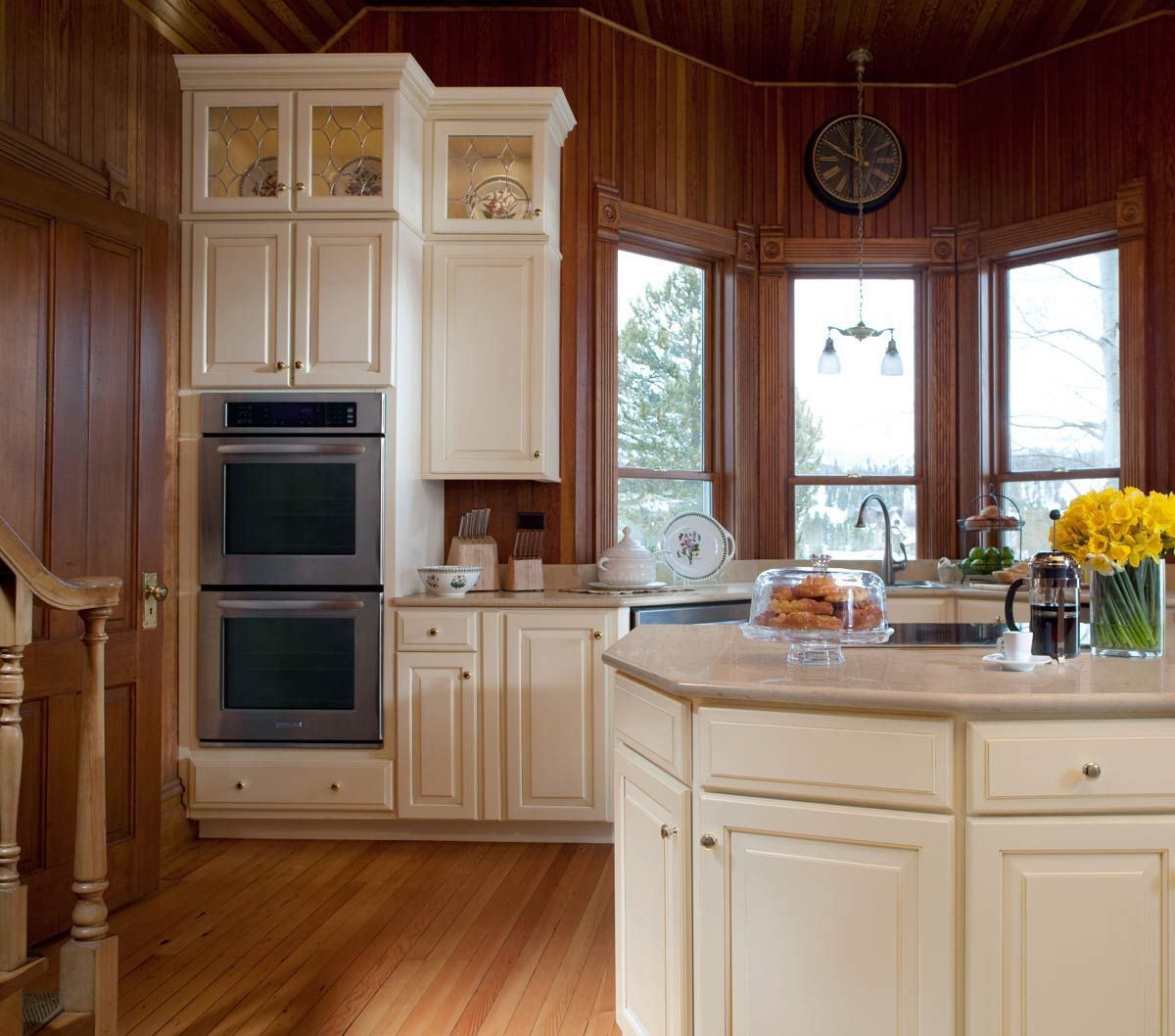Designing for happiness and good health
Molly Christenson • July 2, 2020

Health and well-being are top of mind for most of your potential clients and provide a marketing opportunity for designers and showrooms who can demonstrate how their designs and knowledge can contribute to their clients' health and well-being. The materials, colors and finishes that you specify for a kitchen determine not only how the space will function and look, but the emotional response that it can generate among homeowners. According to architect Donald H. Ruggles, author of Beauty, Neuroscience & Architecture, if a pattern of space is readily understandable, the brain signals that the space is stress-free and approachable.
Shapes, tones, colors, textures and so on influence how the brain perceives a space. For example, islands with jagged or sharp edges can produce a feeling of anxiety, while ones with rounded edges evoke a sense of calm.
Different personality types respond to varied sensory inputs uniquely, and that makes it even more important to understand your client's personality. With kitchens and baths being the epicenters of most homes, understanding personality can be a considerable advantage to exceeding expectations. Open floor plans continue to be a go-to design for kitchens, but did you know that open floor plans cater more to extraverts? This is because extroverts have a penchant for stimulation, and their brains are wired to perceive things like sound, light, socializing and attention as a reward, claims Rachel Cannon, a designer in Baton Rouge, LA. Conversely, introverts have a penchant for calm and low-key activities such as reading or quiet conversations. Cannon suggests using soft textures to dampen sound in an open floor plan. “Rather than painting a room, consider upholstering the walls,” she suggests.
Design elements that bring in natural light and connect to nature have been proven to promote mental health. Natural environments can lift mood, improve concentration and reduce stress. Research shows that people who work in offices with plants are more productive and feel better than those who are plant-free.
Light therapy is not a new concept to kitchen and bathroom showroom professionals. Bright lights heighten emotional responses while insufficient light in a kitchen or bath can be depressing, according to a 2011 study in Public Health Reports. Understanding how light interacts with materials, people and tasks better equips you to help customers select lighting best suited for their project. The colors that your customers see in the kitchen and bathroom depend on the light under which objects have been illuminated.
It may have been a long time since you took a physics class, but you may recall that light travels in wavelengths. Different color wavelengths affect people differently. Blue, for example, produces shorter wavelengths, providing a soothing effect. Yellow, and red are longer wavelengths that are energizing. Green is associated with freshness and calm. Color research and application says the happy people are drawn to light colors.
